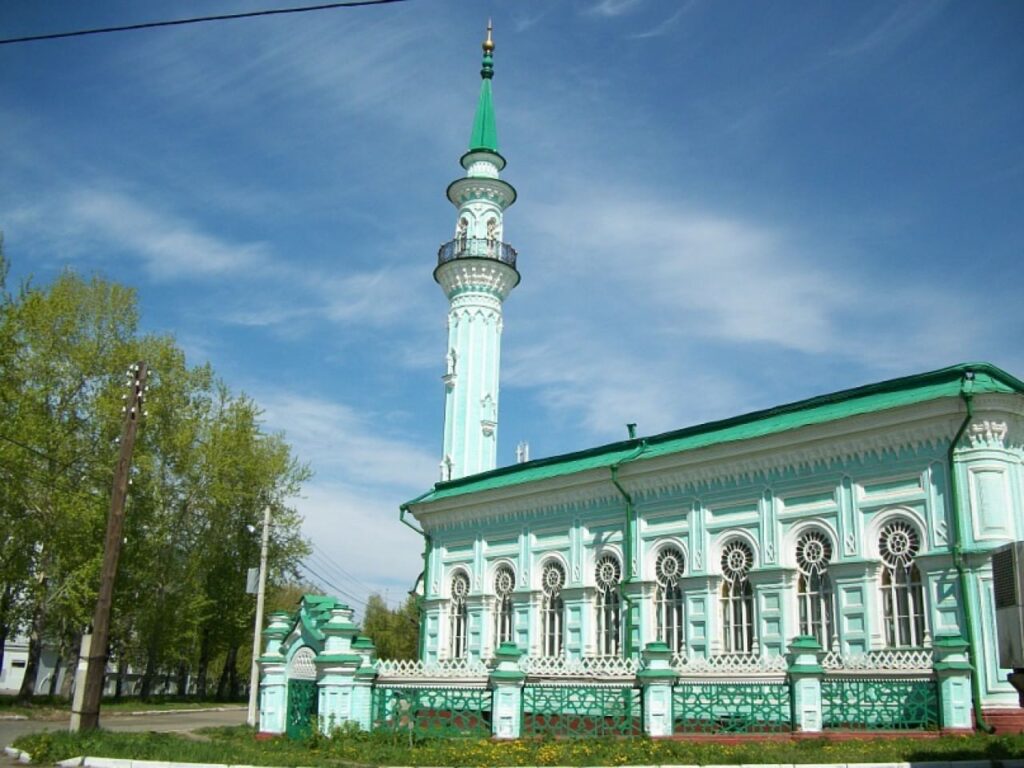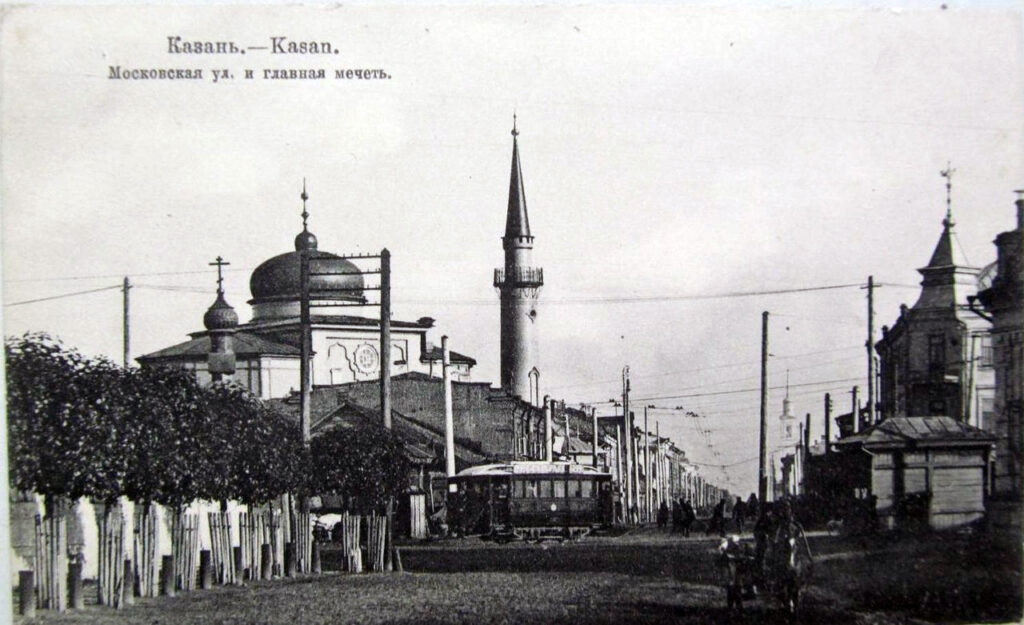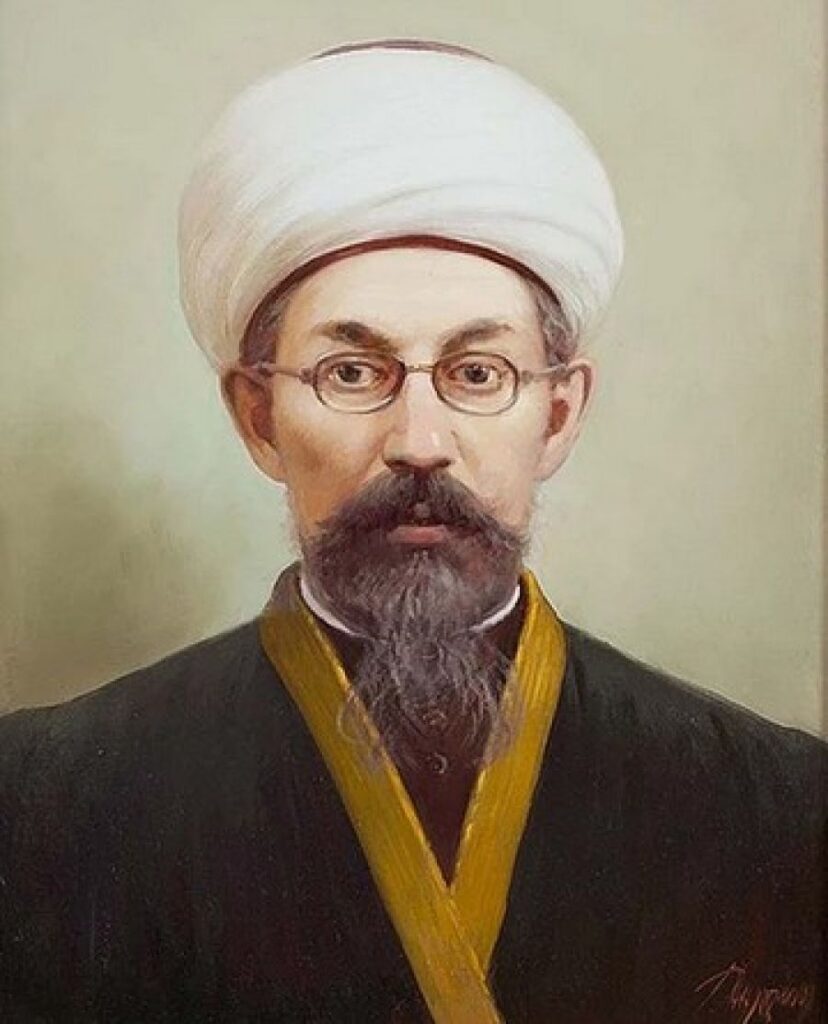Sultan Mosque – “Usmanovskaya”, “Eighth Cathedral”, “Red”

This is the monument of Tatar cult architecture of the second half of the XIX century in the style of national romantic eclecticism with Bulgarian architectural motifs in the minaret solution.
The Sultan Mosque in the Old Tatar settlement in the city can be easily attributed to a number of outstanding buildings of cult Tatar architecture. The sacred place rises in one of the historical parts of Kazan at the intersection of Gabdulla Tukay and Galiaskar Kamal streets. The mosque was built in 1868. A local merchant Zigansha Bikmukhametovich Usmanov financially invested in its construction. Muslims honor him not only as a rich man, but also as a person who spent a large amount of savings and efforts to strengthen and spread the faith in the province. The mosque was built in the style of medieval Bulgarian and Tatar architecture. The decoration of the minaret has elements of Bulgarian patterns.
The first namaz in the mosque was read by the Tatar theologian and educator Shigabutdin Marjani. During the construction of the building, he also established the “Qibla” – the direction to Mecca. The mosque has several names: Usmanovskaya, Ziganshi Mosque, Eighth Cathedral, Red, Sultan Mosque. After the death of the merchant, two of his brothers, Tagir and Mukhametshakir, and his friend, a partner M. Galikeev, acted as sponsors of the sacred place parish for the next 20 years. At the end of the XIX century their place was taken by the son of Usmanov.
In 1930, the minaret of the mosque was destroyed, and in 1931, the Soviet authorities closed the mosque, as well as many others. For many years the place was not used for its intended purpose, but already in 1990, the architect Khalitov proposed a project to restore the minaret, and in 1994, the building was returned to the community of believers.
Other publications
All publicationsDecember 15th
The Nurulla Mosque – “Sennaya” (Eng. “Hay”), “Yunusovskaya”, “The Seventh Cathedral”
The Nurulla Mosque or the Seventh Cathedral is a religious building, erected according to the project of the well-known architect A. K. Loman on the site of the ancient Haymarket.

February 17
Galimdzhan Mukhammadzhanovich Barudi
Galimdzhan Mukhammadzhanovich Barudi (Galeev) was born on February 17, 1857, a theologian, religious and public figure, teacher and educator

